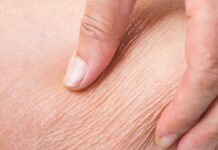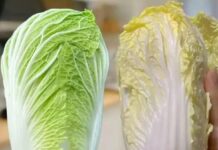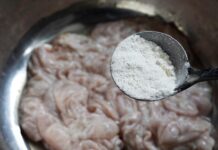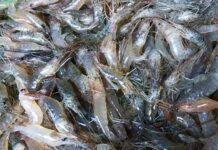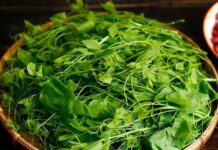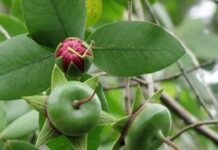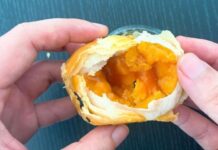Microplastics are pervasive in the air we breathe, the water we drink, and the food we eat. It is no surprise, then, that they have been detected in our blood, saliva, liver, kidneys, and even placentas. Recent evidence suggests that microplastics are also present in the brain. A study published in *Nature Medicine* found that, in the brain samples analyzed, there was a spoonful of microplastics, far exceeding the amount found in other organs. Notably, in patients with Alzheimer’s disease, the accumulation of microplastics could be up to ten times higher than in healthy brains.
A 2019 study by the University of Newcastle, Australia, revealed that we are consuming approximately 2,000 tiny pieces of plastic each week, amounting to about 5 grams, or the equivalent of a credit card. This is an alarming fact, especially when considering that even the “healthiest” of foods are not exempt from containing microplastics. Experts warn that this may pose health risks such as inflammation and endocrine disruption. If you’re considering adopting a cleaner diet, you might want to reconsider these four “healthy” food options:
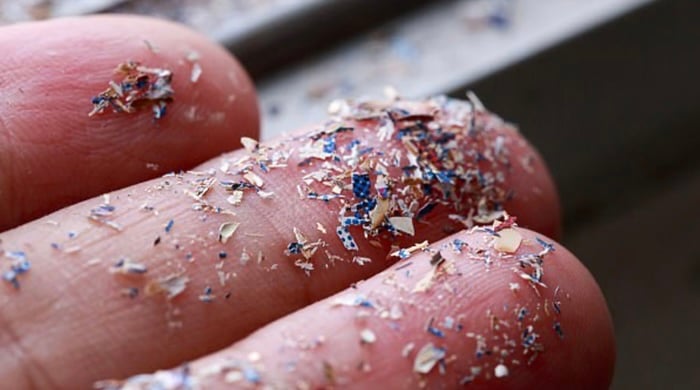
Even self-proclaimed “healthy” foods may contain microplastics.
**Rice**
Rice is a great source of carbohydrates, fiber, and vitamin B, but it’s no secret that it also contains trace amounts of microplastics. A study from the University of Queensland found that individuals may inadvertently consume 3 to 4 mg of microplastics for every half cup of rice they eat. This is largely due to the rice fields, where microplastics can infiltrate the environment.
However, a simple solution to reduce this is to rinse the rice before cooking, which can decrease the microplastic content by up to 40%.
**Seafood**
Seafood is rich in protein and omega-3 fatty acids, and it provides essential vitamins. Yet, it is important to be aware of the presence of microplastics. Fish and shellfish often inadvertently ingest small plastic particles, mistaking them for food. Notably, shellfish can filter up to 50g of water, making them more susceptible to consuming microplastics.
Additionally, the food that farmed fish consume may also contain microplastics due to packaging.
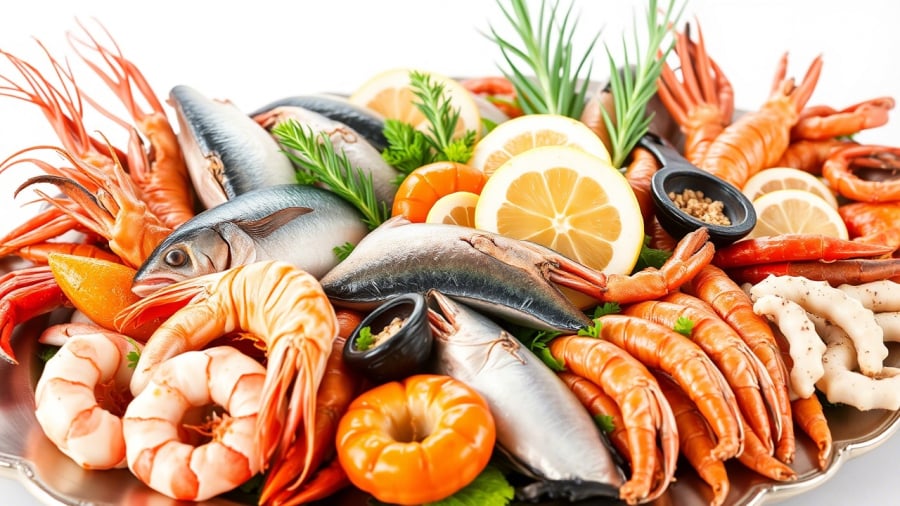
Seafood is a great source of protein and omega-3s, but it may also contain microplastics.
**Seaweed**
Similar to how microplastics infiltrate shellfish and fish, seaweed is susceptible to absorbing these tiny particles when the ocean is polluted. Even standard washing methods may not be sufficient to remove all microplastics from seaweed.
**Honey**
We often use honey as a natural sweetener in our morning fruit bowls instead of refined sugar. However, you may want to consider reducing your honey consumption, as it is one of the most nutritious foods that may contain microplastics. According to a study published on Science Direct, at least 75% of honey available in Turkey was found to contain microplastics.
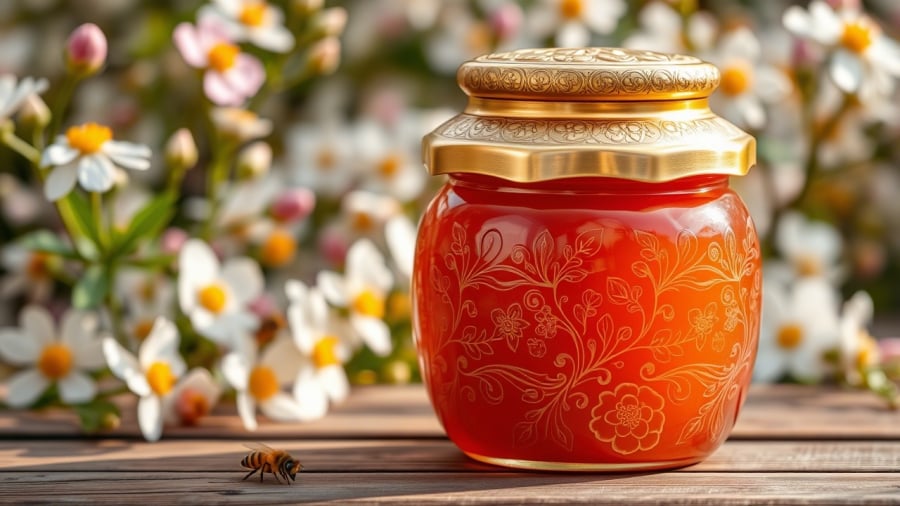
Consider reducing your honey intake, as it may contain microplastics.
**Ways to Support Your Body in Eliminating Microplastics**
While it is impossible to completely avoid microplastics, the following measures can help boost your body’s natural detoxification processes:
– Stay hydrated: Water not only sustains life but also aids in flushing out toxins.
– Eat fiber-rich foods: A diet high in fiber is beneficial for digestion and helps the body eliminate waste more effectively.
– Exercise regularly: Physical activity improves blood circulation and enhances the body’s ability to detoxify.
– Include liver-supportive foods: Incorporate green leafy vegetables, turmeric, and other detoxifying foods into your daily diet.
As Adam James Pollock, author of a cookbook, states, “While encountering microplastics is inevitable nowadays, reducing exposure to plastic can make a positive difference.”
The Hidden Dangers of Four Seemingly Safe Foods: Low in Chemicals, but Prone to Parasitic Infection
Prioritizing fresh and chemical-free food for your family’s meals is commendable, but it’s important to be aware of the hidden dangers lurking in seemingly harmless foods. Unbeknownst to many, certain foods, if not prepared properly, can pose a serious risk of parasitic infections, particularly from worms. It is crucial to be vigilant and informed to safeguard your family’s health.




